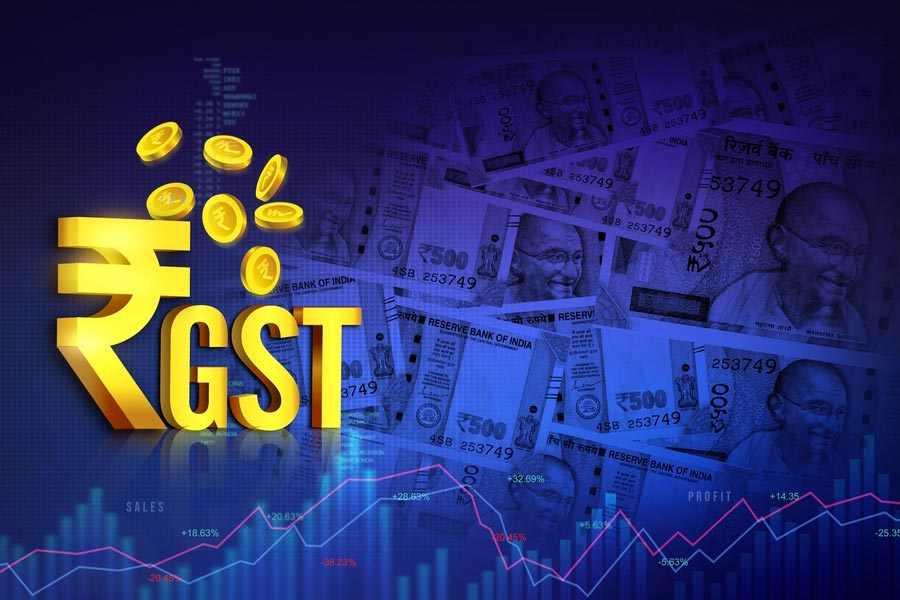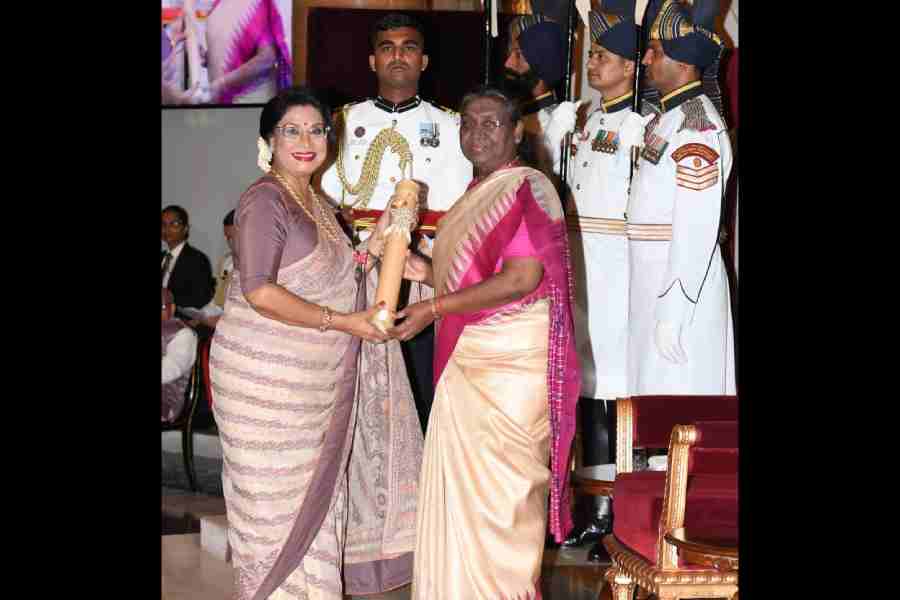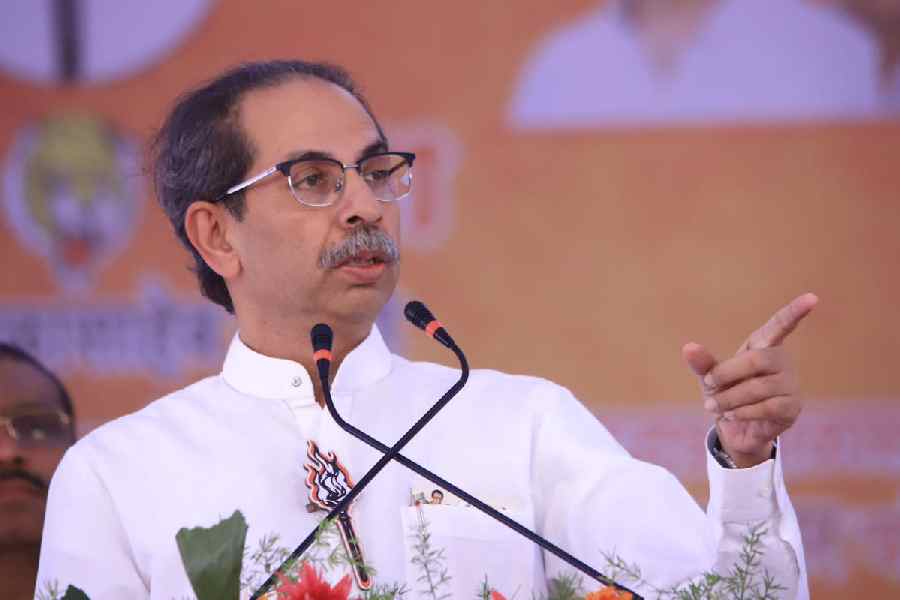The GST Council has once for all settled two fundamental concepts that underlie the legislation on goods and services tax: the concepts of Blocked Credit and the Functionality Test that work in tandem to formulate the litmus test that determines whether entities are eligible to claim input tax credit.
At its 55th meeting held in Jaisalmer on December 21, the Council clarified the process to avail input tax credit even if this stoked some controversy over the manner in which the Council neutralised the effects of a Supreme Court verdict that had not gone in favour of the indirect tax authorities.
Input tax credit has been a hugely contentious issue and has triggered a surge in litigation as GST-registered entities have been frustrated by the denial of access to a fundamental element that lies at the heart of the indirect tax system, which former chief economic advisor Arvind Subramanian had once described as “one of the most ambitious and remarkable tax reforms” in India.
Subramanian was also the chairman of the committee appointed by the Narendra Modi government to prepare the roadmap for the implementation of the Goods and Services Tax designed to transform the country into a single market for the first time.
The very familiar concept of Blocked Credit as per the provisions of Section 17(5) of the CGST Act, 2017 restricts availment of Input Tax Credit on specific transactions/purchases which are not in alignment with business expenditures.
One such restriction emerging from the provisions of Section 17(5) of the CGST Act is that GST Registered Entities are forbidden to avail Input Tax Credit on expenses incurred pursuant to construction of an immovable property (other than plant or machinery) except where it is an input service for further supply of works contract service.
This sparked a major legal quibble over the semantics and the exact contours of this restriction that was spelt out in the provisions of Section 17(5) of the CGST Act.
The Hon’ble Supreme Court of India in its decision on 3rd October 2024, in the case of Chief Commissioner of Central Goods and Service Tax v. Safari Retreats Private Ltd has held that Input Tax Credit on goods and services used in the construction of immovable property, such as malls etc, should be allowed when the property is further used for letting out on rent, which is a taxable supply under the provisions of the GST Law.
The Hon’ble Supreme Court of India has held that the functionality test would need to be applied to determine whether the construction is of a “plant or machinery” to determine credit eligibility.
Critical points emerging out of the above mentioned Safari Retreat’s case are as follows:
The apex court accepted the arguments adduced by counsel for Safari Retreats which was built around the freedoms enshrined in Articles 14, 19 and 300A of the Constitution of India. Counsel claimed that the restriction of input tax credit in the instant case was not constitutionally valid – a view that the court accepted.
This brings us to the so-called Functionality Test which is critical in determining whether a building or structure qualifies as a ‘plant’ under the CGST Act for the purpose of claiming Input Tax Credit.
The Hon’ble Supreme Court of India drew a distinction between the term ‘plant or machinery’ in Section 17(5)(d) of the CGST Act 2017 from the expression ‘plant and machinery’ as defined in the explanation to Section 17 of the CGST Act 2017.
The upshot of the Supreme Court verdict was that tax demand of a little over ₹11.58 crore raised by the adjudicating authority under the classification of ‘Renting of Immovable Property’ services, was set aside on merits.
The apex court in the Safari Retreats case threatened to open up a flood of litigation with other GST-registered entities likely to quote this as a precedent to make similar claims for “unblocking” input tax credit that they were denied in almost similar circumstances.
This is when the GST Council acted quickly to shut down a raft of litigations by approving an amendment to Section 17(5)(d) of CGST Act, 2017.
It said: “To align the provisions of section 17(5)(d) of CGST Act, 2017 with the intent of the said section, the Council has recommended amending section 17(5)(d) of CGST Act, 2017, to replace the phrase “plant or machinery” with “plant and machinery”, retrospectively, with effect from 01.07.2017, so that the said phrase may be interpreted as per the Explanation at the end of section 17 of CGST Act, 2017.”
The loophole in the legislation – which the authorities described as a “drafting error” – has slammed the door on tortuous legal argument on a key aspect of the GST legislation and protects the interests of Revenue.
This “retrospective amendment” will have big implications in several other areas as well.
It would not be out of place to mention that the cost of construction significantly adds to the cost of products for several industries. Hence, it has become critical for industry to fall in line and adhere to the core principles of the GST Law.
Anindita Chatterjee is founder partner, TCN Global and Economic Advisory Services LLP











